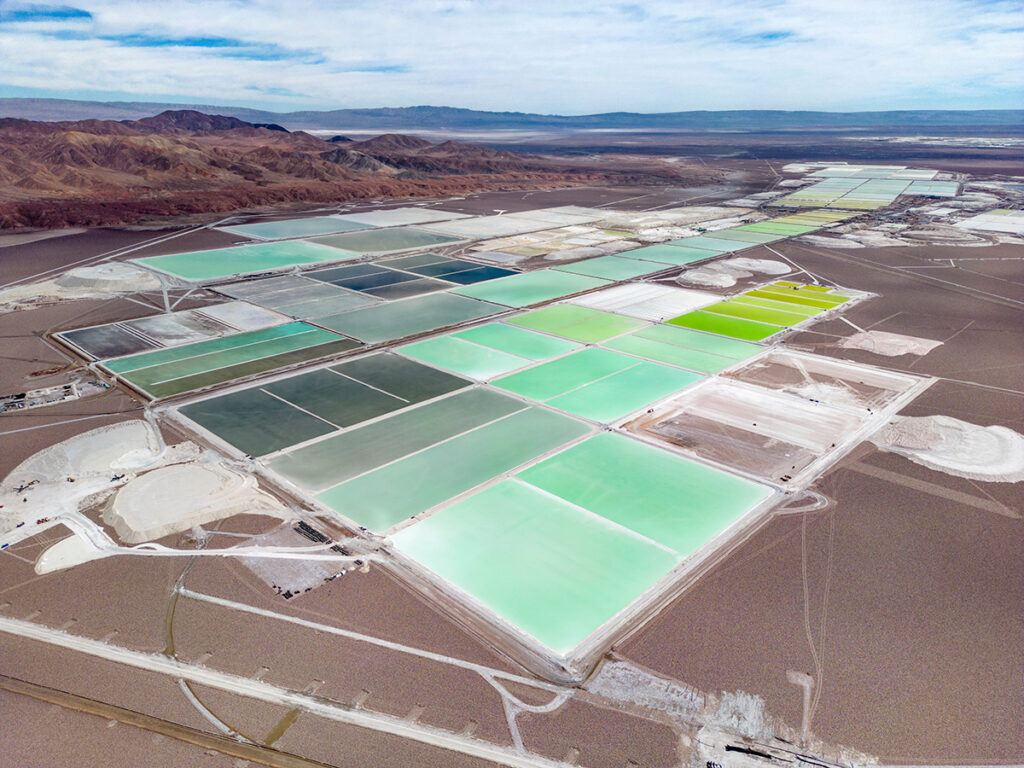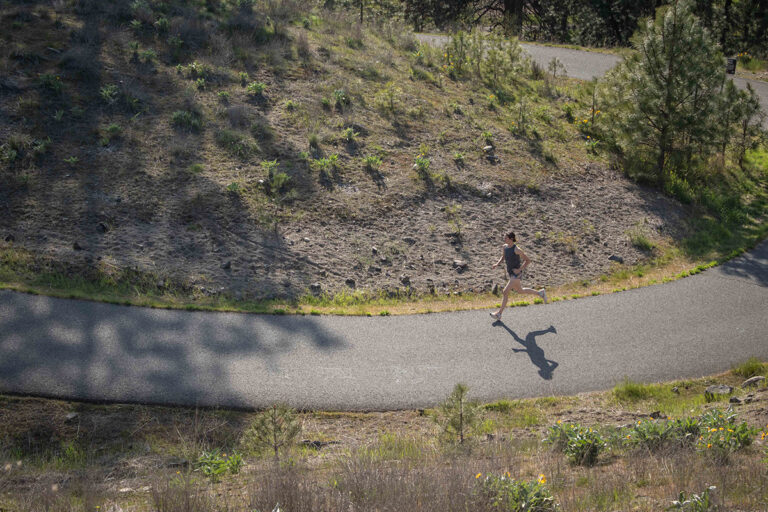We’ve put our faith in e-vehicles to ward off climate change, but the solution isn’t an impact-free silver bullet.
Humble number three on the periodic table, lithium is a metal with low ionization energy, high electrochemical potential, and low atomic mass, making it Earth’s best commercially viable medium for lightweight battery applications in electric vehicles, e-bikes, and devices like smartphones.
Extraction of lithium is a water-intensive process, undertaken largely in arid areas of countries in some cases having lax environmental and labor standards. Together China, Latin America, and Australia produce more than 90% of the world’s lithium.
But the U.S. won’t be passed on this climb, and the Department of Energy considers securing domestic lithium production a national security imperative. They, General Motors, and other investors have put up three billion dollars toward development of the largest lithium deposit in North America at Thacker Pass in Nevada.

According to Protectthackerpass.org, a group opposed to lithium mining that has already begun in the area, the site of the proposed mine is sacred to Paiute, Shoshone, and several other First Nations, who conduct traditional ceremonies, honor massacre victims, and in the past gathered obsidian for toolmaking in the area. Ore processing equipment will draw four million gallons of water every day from an overtaxed aquifer in the driest state in the country. Mining machinery will burn 11,000 gallons of diesel fuel daily, contributing significantly to carbon dioxide and fine particulate emissions. Several threatened species, including golden eagles and cutthroat trout, currently call the Thacker Pass area home.
However, carbon emissions from the mine are expected to be around 40% less than equivalent endeavors, when processing is accounted for, according to a fact sheet from Lithium Americas, owner of the mine. An onsite sulfuric acid plant will generate carbon-free steam to make electricity for processing equipment. The mine will support 500 living wage jobs and pay approximately $8 billion in taxes during its 40-year lifetime. Lithium Americas is building a K-8 school in nearby Orovada, and will offer training and focus hiring efforts locally.
The mine is expected to produce enough lithium carbonate to supply portable power to millions of electric vehicles or e-bikes, or billions of cell phones or tablets. It will contribute significantly to domestic battery production, which is neck-and-neck with demand, according to the Environmental Defense Fund, with 90% of the projected 1,000 gigawatt hours per year by 2030 allocated to electric vehicles. But some of the other 10% will power the million-plus e-bikes that will be sold in the U.S. this year.
Clearly not an impact-free panacea, lithium-powered e-bikes will replace millions of car trips. They’ll pick up goatmilk from the natural market and your kids from school. They’ll save untold tailpipe carbon emissions, and replace sloggy car commutes with a fun frolic down the bike lane.
And, in five years, maybe seven if you treat it right, your battery will be more boat anchor than boon. The e-bike boom is on, lithium is hot like uranium in the ‘50s, and we are going to see a similar waste problem, in scale if not radioactivity, if we don’t figure out scalable battery recycling soon. Global annual recycling capacity is sufficient to process only about half of electric passenger vehicle batteries, let alone those from e-bikes, laptops, and smartphones.
One Ontario-based company is working to solve this impending e-waste wave. Li-Cycle uses a system capable of shredding intact, fully charged batteries, and with further processing claims a 95% recovery rate on marketable resources, with minimal air and other pollution. The Department of Energy recently loaned Li-Cycle $375 million to build a recycling facility in Rochester, New York. They also offer $192 million in grants for research and development of new battery recycling technologies.













